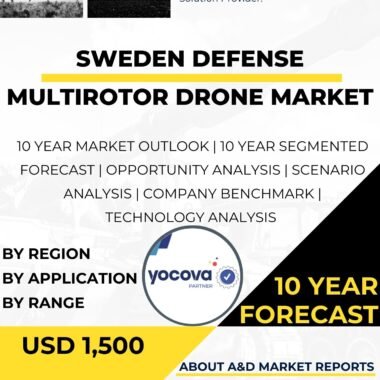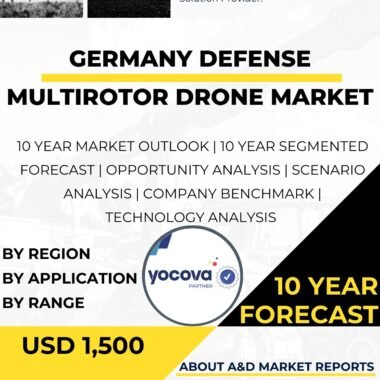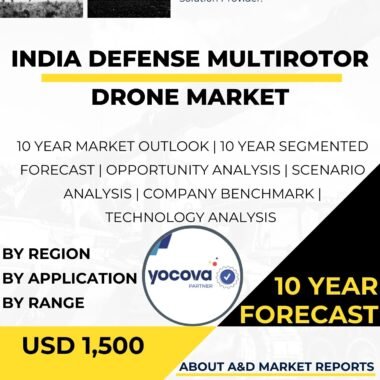Description
Japan Defense Multirotor Drone Market has experienced substantial growth and strategic importance as the nation focuses on enhancing its defense capabilities and addressing security challenges in the Indo-Pacific region. Multirotor drones, equipped with multiple rotors and vertical takeoff and landing (VTOL) capabilities, are versatile unmanned aerial vehicles (UAVs) used in a variety of military operations, including intelligence, surveillance, reconnaissance (ISR), target acquisition, and communication relay.
Applications – Defense Multirotor Drone Market in Japan
The Japan Self-Defense Forces (JSDF) utilize multirotor drones extensively for ISR missions, enabling real-time data collection and monitoring across urban and rugged terrains. They are also deployed for reconnaissance in disaster response to assess damage and prioritize relief operations. These drones provide precise target acquisition, enhancing the accuracy of weapon systems and minimizing collateral damage, while serving as communication relays that improve coordination between military units and command centers.
Market Drivers – Defense Multirotor Drone Market in Japan
The growth of the defense multirotor drone market in Japan is supported by domestic initiatives promoting indigenous defense capabilities. Collaborations among the government, defense industry, and research institutions have fostered innovation, leading to advanced drone technologies tailored to Japan’s defense needs. Furthermore, the U.S.-Japan defense alliance provides access to cutting-edge drone technologies and expertise. Commercial drone advancements, such as improved battery life, flight stability, and advanced sensors, have also accelerated innovation in military multirotor drones.
Challenges – Defense Multirotor Drone Market in Japan
The market faces challenges including security risks, as drones could be misused if compromised, and the need for reliable and secure communication links. Integrating drones into existing defense ecosystems and ensuring interoperability with other military systems remain critical, while domestic manufacturers must compete with international suppliers to maintain technological and cost advantages.
Conclusion – Defense Multirotor Drone Market in Japan
Defense multirotor drones have become integral to the Japan Self-Defense Forces, enhancing situational awareness, operational readiness, and mission success. By providing ISR, target acquisition, and communication capabilities, these drones strengthen Japan’s defense posture and contribute to regional and global security. Ongoing investment in technology, domestic production, and international cooperation ensures that Japan maintains a high-performance and modern defense force




